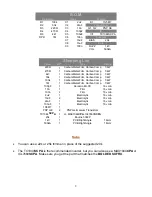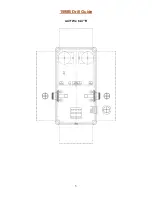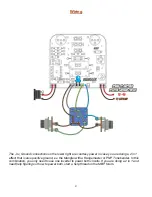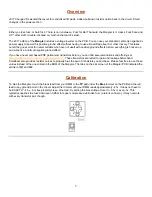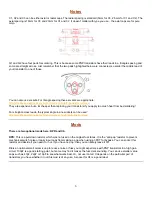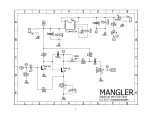
6
Notes
C1, C2 and C3 can be either axial or radial caps. The radial spacing is standard (5mm for C3, 2.5mm for C1 and C2). The
axial spacing is 18mm for C3 and 23mm for C1 and C2. It doesn’t matter with type you use…the axial caps are for pure
mojo.
Q1 and Q2 have four pads for soldering. This is because some PNP transistors have their leads in a triangle spacing and
some are straight across. Just remember that the two pads highlighted below are connected, so solder the middle lead of
your transistor to one of those.
You can also use sockets. For triangle spacing these sockets are appropriate:
http://smallbear-electronics.mybigcommerce.com/to-5-transistor-mill-max/
They are expensive but a lot cheaper than replacing your transistors if you apply too much heat from bad soldering!
For straight-across leads, the typical single in-line sockets can be used:
http://smallbear-electronics.mybigcommerce.com/single-in-line-mill-max/
Mods
There are two optional mods here: RPD and C4.
RPD:
This is a pull-down resistor which was not used on the original fuzz faces. It is the “anti-pop” resistor to prevent
mechanical switch noise or leaky input caps from making a pop when using a 3PDT for bypass. You can socket this
resistor and decide if you need it or not. If you have no pop, then you can safely leave it off.
C4
is an optional small ceramic cap to reduce noise or hiss you might experience with PNP transistors in a high gain
circuit. 100pF is a good starting point, but some may find it makes the fuzz dark sounding. You can use smaller value
caps such as 47pF, 22pF or 10pF to see what works best. Or, not use it at all. It depends on the particular pair of
transistors you have whether or not this mod is of any use. A socket for C4 is a good idea!
Содержание Mangler
Страница 3: ...3 1590B Drill Guide 4 43 W x 6 47 H ...
Страница 7: ...7 ...


